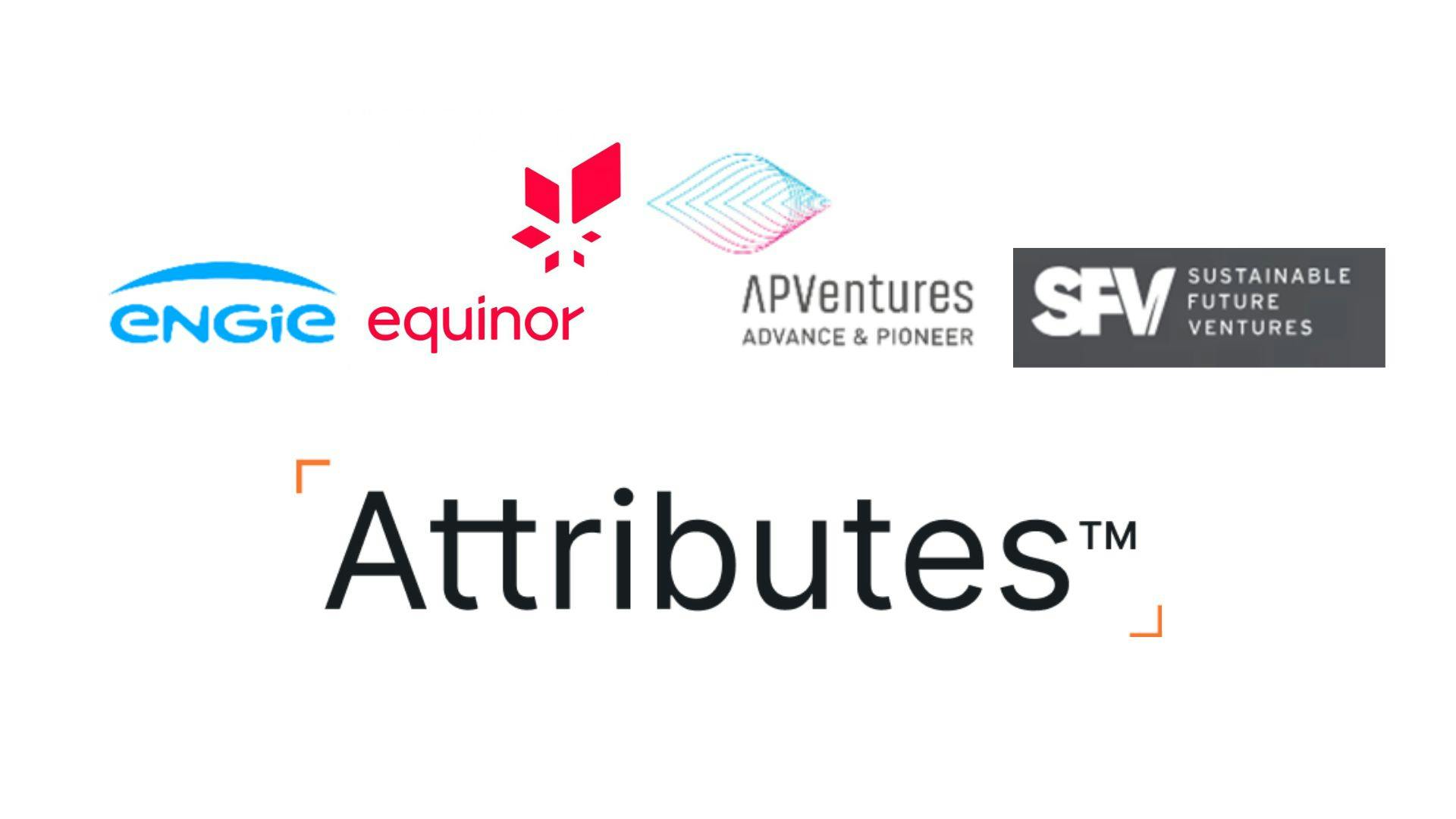2 minutes to understand how the energy industry uses 'Mass Balance' traceability model as a lever of sustainability
Traceability of energy commodities plays a pivotal role in achieving cleaner supply chains. Mass Balance methodology can be used to increase the energy industry transparency

One of the challenges of energy production is that sustainable and conventional inputs are often blended at some point, making physical segregation or tracking impractical, if not impossible, and therefore difficult to claim the differentiated production' attributes.
One solution can be found using the Mass Balance approach. This methodology sidesteps the issue by focusing on quantities rather than physical separation. It tracks sustainable inputs through the production process, ensuring that a specified amount of sustainable material (such as biofuels, differentiated natural gas or green H2) enters the supply chain, and ensures that the amount of certified energy entering the system equals the amount of certified output, even if the actual molecules are mixed.
Why is it important?
In the energy industry, mass balance traceability allows companies to:
- Certify their sustainability claims: companies can credibly claim that a portion of their energy products come from sustainable sources, as the entire chain is audited to ensure compliance.
- Promote GHG emission reduction by encouraging the integration of renewable energy inputs, it helps move the industry towards emission reduction goals.
- Improve transparency: the model offers an auditable framework for supply chain tracking, giving stakeholders confidence in sustainability claims.
Use case of Mass balance application
In the European Union, the Mass Balance traceability model has already been adopted across the energy sector, particularly in promoting sustainability in bioenergy, renewable fuels, and green hydrogen production.
For example, in the Renewable Energy Directive (RED II), EU mandates that a certain percentage of transportation fuels come from renewable sources. The Mass Balance model is used to certify that biofuels, such as biodiesel and bioethanol, meet sustainability criteria. Even though biofuels are often mixed with conventional fuels, the mass balance approach ensures that the correct volume of biofuel enters the system and corresponds to the final certified product.
Conclusion
In an era where sustainability and transparency are paramount, the Mass Balance model is a valuable framework for the energy industry to build trust while pursuing environmental goals.



